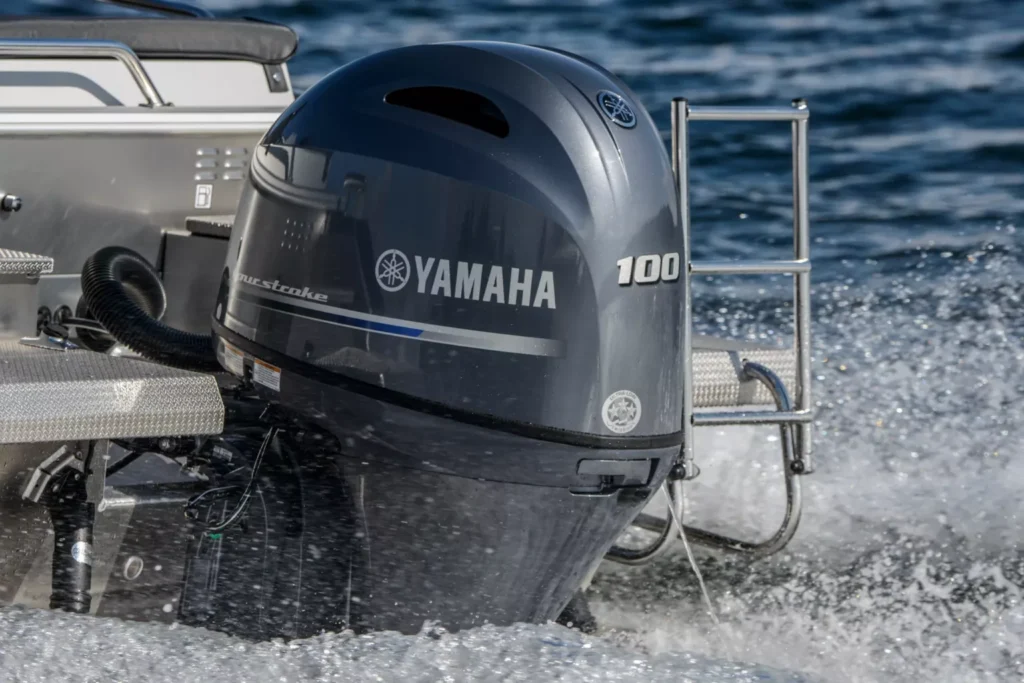Best Yamaha Outboard Motor 2025: F115 vs. F300B – Which Is Right For Your Boat?
Introduction
- Hook the reader by highlighting Yamaha’s reputation for reliability and fuel efficiency.
- Briefly introduce the two models you’ll be comparing: the F115 and F300B.
- State the post’s goal: to help boaters choose the best motor for their specific needs.
Yamaha Outboard Motor Comparison: F115 vs. F300B
- Use a table to compare key specifications, focusing on what matters to a boater:
- Horsepower: F115 (115 HP) vs. F300B (300 HP)
- Engine Type: F115 (4-stroke) vs. F300B (4-stroke)
- Weight: Include weight examples for both, noting how it varies by shaft length
- Fuel Efficiency: Discuss the general reputation of both models (F115 is known for being economical for its size, F300B is a high-performance engine that still uses modern tech like EFI)
- Ideal Applications: F115 (mid-sized fishing, recreation) vs. F300B (larger center consoles, performance boats)
- Add a clear “Which is right for you?” section to guide the reader.
How to choose the right Yamaha outboard
- Boat Size and Type: Explain that larger boats need more horsepower. Reference the 2.5 HP for small inflatables up to 425 HP for large boats, reinforcing that a bigger boat requires a bigger engine.
- Your Boating Habits: Help readers consider their typical use:
- Fishing: A versatile motor like the F115 might be better for a smaller fishing boat.
- Watersports: A high-horsepower engine like the F300B is better for towing.
- Cruising: A larger, more powerful engine provides more speed and a better experience.
- Consider PowerMatched systems: Explain the benefits of rigging with 100% Yamaha components for a PowerMatched system (extended warranty, better compatibility) to drive clicks to your site’s own products or services.
Conclusion
- Summarize the key differences between the two engines.
- Reiterate that the “best” motor depends on the user’s specific needs and boat.
- End with a strong call to action.
Call to Action
- Encourage readers to share the post or leave a comment with questions.
- If you sell motors, link to your Yamaha outboard motor inventory, a contact page, or a “Get a Quote” form.
- If you sell parts, link to your Yamaha outboard parts or accessories pages.
- Consider adding an option for a “PowerMatched” consultation to encourage users to click through to your service pages.

